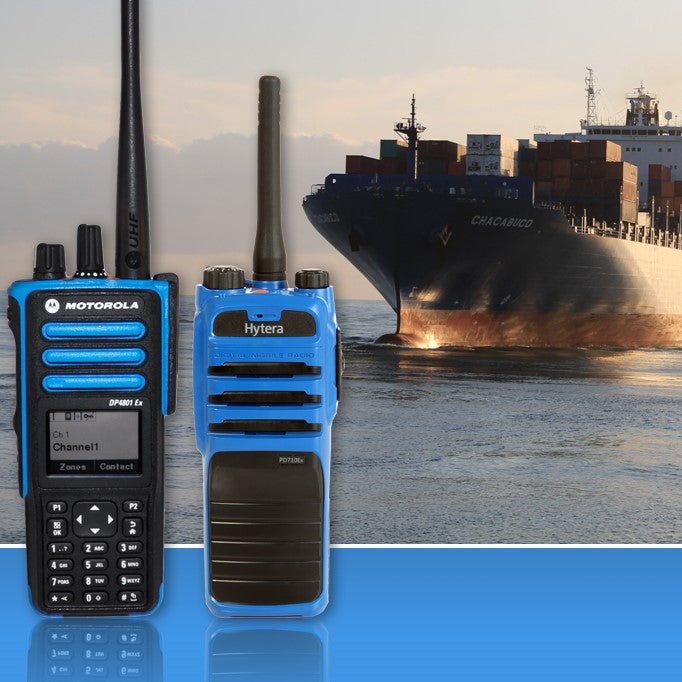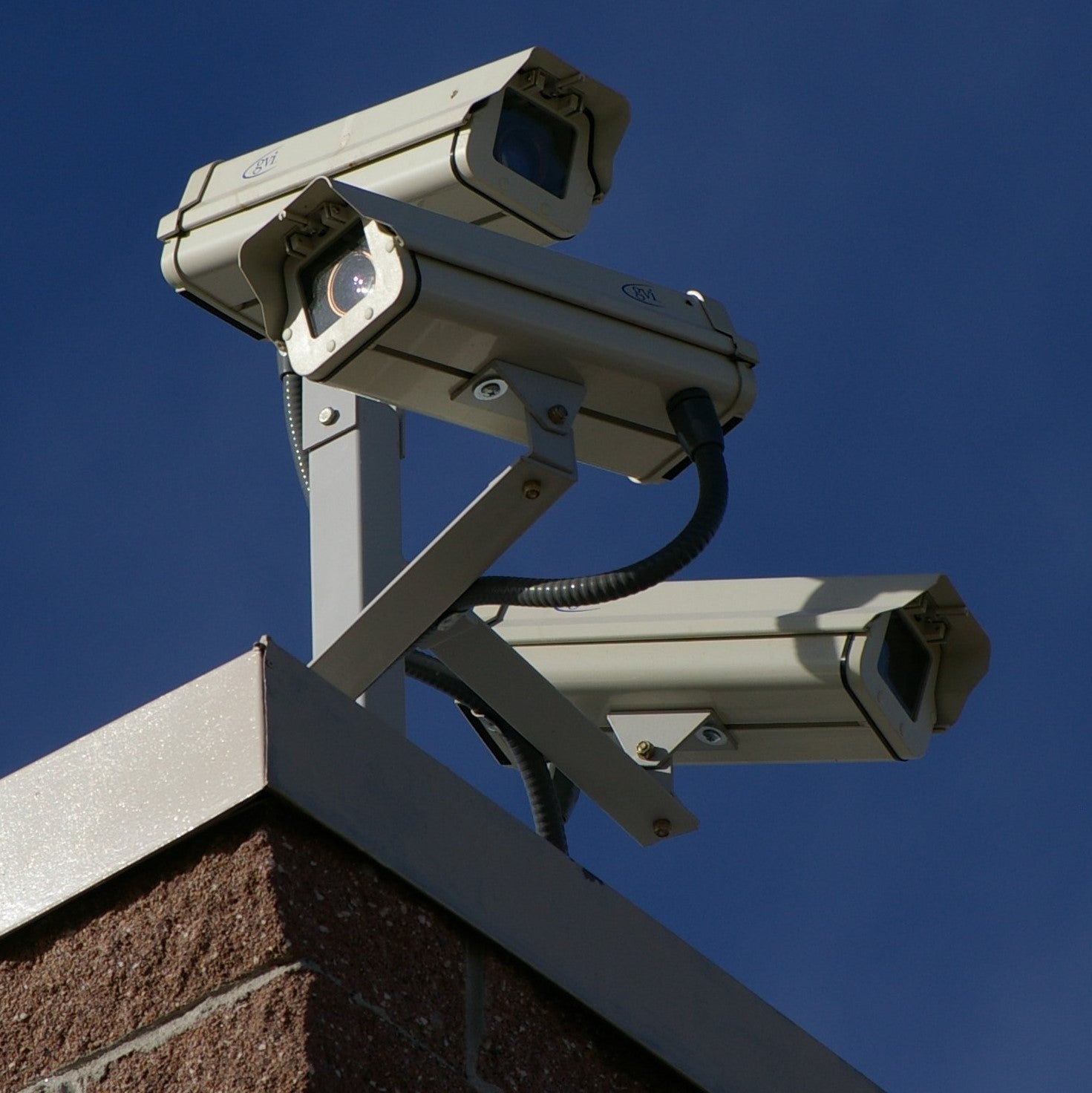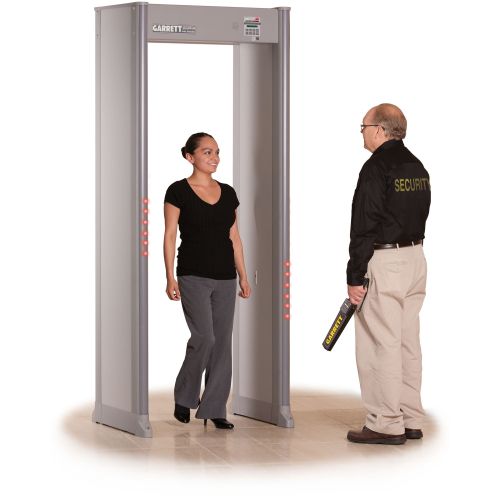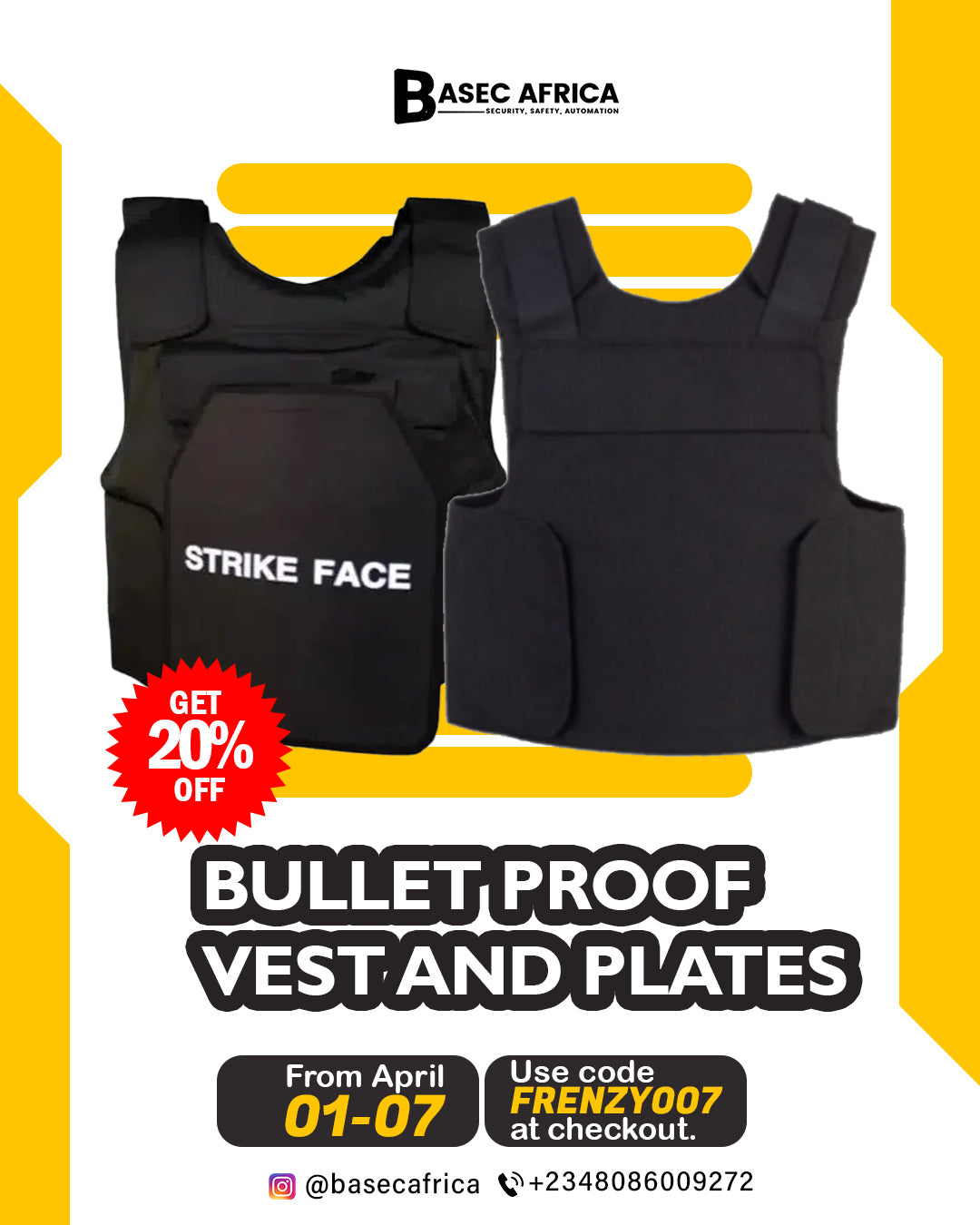In today’s world, personal protection is more important than ever — especially for those working in law enforcement, military, private security, or in high-risk zones. One of the most essential pieces of protective equipment is the bulletproof vest, often supplemented by ballistic plates for enhanced defense.
But what exactly goes into a bulletproof vest? How do ballistic plates work? And how do you choose the right setup for your needs? This post breaks down the key components, materials, levels of protection, and things to consider before investing in body armor.
What is a Bulletproof Vest?
A bulletproof vest (also called a ballistic vest or body armor) is a protective garment designed to absorb and reduce the impact of bullets and shrapnel. While no armor is truly “bulletproof,” modern vests are engineered to stop or slow bullets to the point where they reduce or eliminate penetration and trauma.
Bulletproof vests are broadly divided into soft body armor and hard body armor:
-
Soft Body Armor: Typically made from layers of tightly woven fibers like Kevlar, Twaron, or Dyneema. These vests are lighter and more flexible, designed to stop handgun rounds and low-velocity threats. Commonly used by police officers and security personnel.
-
Hard Body Armor: Designed to stop rifle rounds and high-velocity projectiles. These vests often contain hard armor plates inserted into pockets in the vest — usually made from ceramic, steel, or polyethylene.
What Are Ballistic Plates?
Ballistic plates are insertable panels placed into the front and back compartments of a tactical vest. They are critical for increasing protection levels and are typically used in high-risk situations or active combat environments.
Types of Ballistic Plates
-
Ceramic Plates (Alumina, Silicon Carbide, or Boron Carbide)
-
Lightweight and excellent at dispersing the energy of a bullet.
-
Can crack or break after impact, requiring replacement.
-
Popular in military applications.
-
-
Steel Plates
-
Extremely durable and often more affordable.
-
Heavier and can cause spall (fragmentation on impact), though modern coatings help reduce this risk.
-
Suitable for certain tactical uses but can be less comfortable.
-
-
Polyethylene Plates (UHMWPE)
-
Made from ultra-high-molecular-weight polyethylene fibers.
-
Lightweight and buoyant (they float).
-
Effective against many rifle rounds but can be expensive.
-
NIJ Protection Levels Explained
The National Institute of Justice (NIJ) sets the standard for ballistic resistance in the U.S. Here's a simplified breakdown:
-
Level II – Protects against 9mm and .357 Magnum.
-
Level IIIA – Stops most handgun rounds, including .44 Magnum and 9mm submachine gun rounds.
-
Level III – Stops rifle rounds such as 7.62mm NATO (without steel core).
-
Level IV – Designed to stop armor-piercing rifle rounds like .30-06 AP.
Most soft armor covers levels II to IIIA. Plates are typically used for Level III and IV protection.
Key Considerations When Choosing Body Armor
-
Threat Level: Choose the armor based on the realistic threats you might face. A patrol officer may need soft armor, while military personnel often require Level IV protection.
-
Weight and Mobility: Heavier plates offer more protection but can reduce mobility and endurance. Balance is key.
-
Fit and Coverage: Proper fit ensures both protection and comfort. Coverage should protect vital organs without hindering movement.
-
Durability and Expiration: Body armor has a shelf life. Fibers degrade over time, and plates may require replacement after a hit or based on manufacturer guidelines.
-
Cost vs. Protection: Higher protection usually means higher cost — but it can also mean the difference between life and death in critical situations.
Final Thoughts
A bulletproof vest is more than just gear — it's a life-saving tool. Whether you're in law enforcement, military, or a high-risk civilian environment, understanding the science, types, and functionality behind bulletproof vests and ballistic plates is crucial.
Always buy from reputable manufacturers, ensure proper certification (such as NIJ), and don’t forget the importance of training and situational awareness. Body armor can’t guarantee survival — but it gives you a fighting chance



















